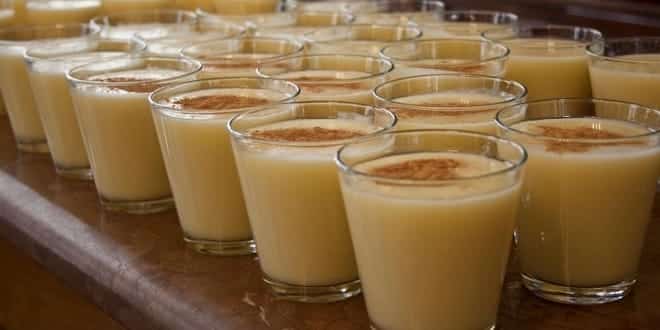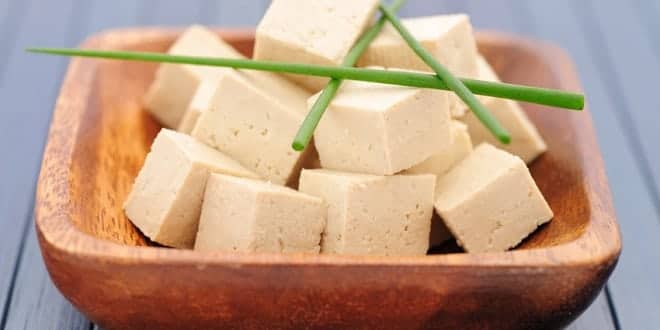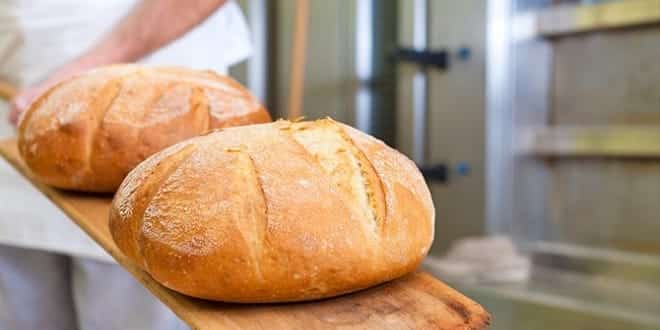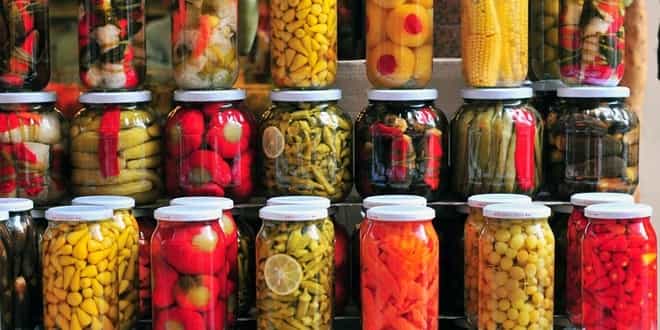Fermentasyon Teknolojisi
-

Alpha Amylase Production ( Experiment 2 )
Experiment 2. ALPHA AMYLASE PRODUCTİON Introduction Alpha amylase: EC 3.2.1.1 Amylases are important hydrolase enzymes which have been widely used since many decades. These enzymes randomly cleave internal glycosidic linkages in starch molecules to hydrolyze them and yield dextrins and oligosaccharides. Among amylases α-Amylase is in maximum demand due to its wide range of applications in the industrial front. With consumers growing increasingly aware of environmental issues, industries find enzymes as a good alternative over other chemical catalysts. α-Amylase can be produced by plant or microbial sources. Due to the…
-

Production of Lactic Acid By Batch Fermentation ( Experiment 1 )
Lactic acid (2-hydroxypropanoic acid), CH3CHOHCOOH [CAS 50-21-5], is the most widely occurring hydroxycarboxylic acid. It was first discovered in 1780 by the Swedish chemist Scheele. There are two isomers of lactic acid that are present in nature, L(+) and D(-) forms. L(+)-lacticacid is biodegradable and can be metabolized by the body and this property leads the application of lactic acid in biomaterial applications. It can be used wide range of industrial areas. In food industry, it is used as acidulant, preservative and antimicrobial agent. It has been also utilized in…
-

Boza Production ( Experiment 3 )
EXPERİMENT 3 BOZA PRODUCTION Introduction Boza is a traditional cereal-based fermented cold drink with a slightly acidic sweet flavour. This beverage originated in Mesopotamia 8000-9000 years ago. Boza is mainly made from hulled millet, which is boiled in water and then poured into broad shallow pans. When cool, the mixture is sieved, and water and sugar are added. Boza is produced in most Turkish regions as well as in Bulgaria, Albania and Romania. Different cereals (wheat, millet and rye) can be used for Boza production, and natural mixtures of yeasts…
-

Tofu
Tofu It’s not so scary What is Tofu? Tofu is soybean curd, made by treating heated soy milk with a coagulant to produce curds. The curds are usually pressed into a block. Tofu has a soft texture and a mild flavor making it useful in many types of cuisine. Varieties: Silken tofu ; The traditional Japanese delicacy : the curds are left un-drained and un-pressed. This tofu has a soft, delicate texture, somewhat like custard. Soft, regular, firm, and extra-firm tofu: The curds can also be pressed to varying degrees…
-

Gıda Teknolojisi – Ekmek ( Dr. Osman Kola )
Ekmek-300 Gram (TS 12000) Ekmek-300 gram, buğday ununa (TS 4500), içme suyu (TS 266), tuz (TS 933), maya (TS 3522) ve gerektiğinde sadece C vitamini, malt unu veya fungal alfa amilaz katılarak hazırlanan hamurun yoğrulup, tekniğine uygun bir şekilde işlenip fermentasyona bırakılması ve pişirilmesi ile yapılan bir mamuldür. …
-

Malolactic and Other Fermentations
Webster defines fermentation as “a chemical change accompanied by effervescence.” Beginning winemakers often think the transformation of sugar into ethyl alcohol is the only fermentation process occurring in wine, but many other fermentations are possible in wine. Although the alcohol content and the high acidity makes wine a hostile environment for many microorganisms, several yeasts and …
-

Aspergillus Niger Kullanılarak Sitrik Asit Üretimi Sırasında Bazı Poliollerin Verim Üzerine Etkisinin Araştırılması ( Ayşegül PEKSEL )
INVESTIGATION OF THE EFFECTS OF SOME POLYOLS ON YIELD DURING CITRIC ACID FERMENTATION BY ASPERGILLUS NIGER ABSTRACT Citric acid is one of the most important chemicals produced by industrial fermentation using a filamentous fungus. Aspergillus niger is an imperfect fungus and capable of producing very high levels of citric acid when cultivated optimum conditions. Citric acid is accumulated only under conditions of high glycolytic metabolism and can be induced by the addition of an excess amount of sucrose or other carbohydrates which induce a high rate of glycolytic catabolism. In…
-

Turşu Yapımı
TURŞU YAPIMI A) Genel Turşu denildiğinde, tuzlu suda veya sirke ile karıştırılmış tuzlu suda ekşitilmiş, değişik sebze ürünleri anlaşılır. Ancak bazı yörelerde, aynı şekilde hazırlanmış meyve ürünlerine de rastlamak mümkündür. Ekşime; bir yandan turşunun dayanıklı hale gelmesini sağlarken, öte yandan ona değişik ve hoşa giden bir renk, tat ve koku kazandırır. Turşu üretimi; sebzeleri her mevsimde el altında bulundurma ihtiyacı sonunda ortaya çıkmıştır. Bu nedenle, turşular, genellikle sonbaharda yapılıp kışın tüketilirler. Fakat yurdumuzun çeşitli yörelerinde yaz aylarında da turşu yapılmakta ve turşu suyu, serinletici olarak içilmektedir. Yurdumuzda yapılan turşuların çeşitleri…








